-
Posts
574 -
Joined
-
Last visited
Content Type
Profiles
Forums
Gallery
Events
Posts posted by Ilhan Gokcay
-
-
-
-
For the 0,5 planks I used Pattex contact glue. As said before there are groups of three planks of 5 mm and one narrow plank of 3 mm. The wider planks are tapered as calculated. The 1x3 mm wales will exactly be glued upon the 3 mm planks. I applied the contact glue on both surfaces and waited for approx. 10 minutes then pressed firmly. Each time I glued the group of 3 wide planks and one narrow plank. Again I bend the 0,5 mm planks where necessary by soaking and heating before gluing.
-
-
I sanded the hull and finished the area below the deck level. I brushed the inside of the hull with a mixture of sawdust and diluted white glue. This makes the hull strong and tough.
The second planking will be 0,5x5 mm pear and the wales 1x3 mm pear upon this.
Before starting with the second planking I made the calculations for the run and tapering of the planks and marked on the hull. There are 6 wales at each side. First I marked the positions of these wales which are 3 mm wide throughtout. Between these wales 3 planks will be fitted and will be tapered.
I planned to plank the hull first by 0,5 mm planks and then I will put the wales upon this. As the wales should not run across the planks I will have 0,5x3 mm planks upon which the wales would sit. The 1x3 mm wales will sit exactly on these planks so that the 0,5x3 mm planks will be invisible. For a better explanation please see the diagram. As starting point, first I glued the 0,5x3 plank referencing the 4th wale. -
-
Finished the first planking. I’ve started both at the deck level and at the keel. They joined around in the middle. Before fixing and gluing, I shaped each plank (2x6 mm lime) in both directions so that they easily sit in their places. For shaping I use a 20 W soldering iron with an aliminium tip and an 60 W soldering iron attached to a metal cylinder. I wet the planks a couple of minutes and shape them with the heat. When necessary I wet them several times as they become harder when fully dry.
I also tapered both ends by rule of thumb just only to have them run from stem to stern. I think this is important to keep the shape of the hull. To have a tight fit between the planks I also beveled the edges again by the rule of thumb matching to the curvature. I pinned the planks until the white glue dries and removed the pins afterwards.
-
Before starting with the planking it is important to file the edges of the bulkheads so that they go with the imaginary outline of the hull surface. For this I used a rigid sandpaper block and filed in the direction of the plank run, taking care not to touch the inner edge to keep the original shape of the hull not disturbed. I checked the operation frequently with a plank by putting and pressing this on 3 to 4 bulkheads.
Then I copied the outline of the decks and cut this from 1mm ply.
-
I’ve build a building board and used home made squares (6 mm birch ply) to fix the keel straight. A building board is always very usefull to get a proper hull. To align the height of the bulkheads I matched the waterlines drawn on the keel and bulkheads. I also checked the squareness of the bulkheads to the keel before gluing them in place. White glue is best for this. I also added spacers to keep the structure stabil. These spacers are again made of 6 mm ply and put on the keel and at the outer edges of the bulkheads at the deck level. I left this structure a couple of days to dry.
-
-
-
-
For the bulkheads I’ve used 6 mm birch plywood. For the keel I’ve planned to use 5 mm. As I couldn’t find 5 mm I glued thinner plates flat (2x2mm + 1x1mm) to get a 5 mm ply. The result is a very strong 9 layer sheet.
As the my bulkheads are thicker than the plan suggests I cut the cutouts wider and I omitted every second bulkhead.
I planned to have double planking, the first one being 2mm lime and the second 0.5mm pear. This is again thicker than the plan suggests so I marked and cut the bulkheads 1mm inside as drawn.I noticed the error at the bulkheads a little bit late. At this point to fix this I glued strip material to the edges of the bulkheads. I will level them later and try to have a smooth run of the planks and a reasonable hull shape.
To clear off the extentions of the bulkheads above the deck level easily I will try a different method. I cut off completely the portion above the deck level and screwed these back. So after planking it will be easy to remove these and put the pear wood stanchions.
-
-
Matthew is explorer John Cabot’s ship on which he sailed to Newfoundland in 1497.
The drawings are from http://www.modelshipbuilder.com/. These drawings are based on the replica built in Bonavista. The website for his project is http://www.matthewlegacy.com.
There is another replica which has been built in Bristol http://www.matthew.co.uk/ designed by Colin Mudie. During the build I will also make use of the articles at Model Boats magazine about building a model of the replica in Bristol as additional information.
Some more info can be found at the following sites.
http://en.wikipedia.org/wiki/John_Cabot
http://www.win.tue.nl/~engels/discovery/cabot.htmlhttp://www.townofbonavista.com/
Before starting with the log I have to say something about the plans. Unfortunately after starting with the build it came out that the drawings are very poor. Even the lines diagram is not correct. (The body plan does not match with the waterlines) So I tried to fix these errors during building. I do recommend not to use this plan for any build or otherwise to be cautious and to control every single item on the plan and correct if necessary.
-
I will repost my build log for Matthew which I fortunately saved to my computer with text.
-
Hi Klaus,
thank you very much.
I was also following your build of Mayflower. Are you going to repost the photos.
May I ask you, in which German forum is your build log ?
Ilhan
-
-
-
-
-
-
-



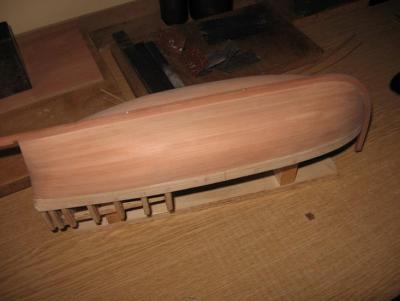
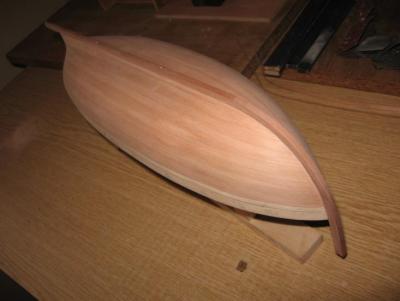
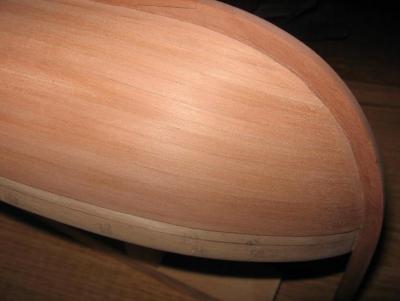
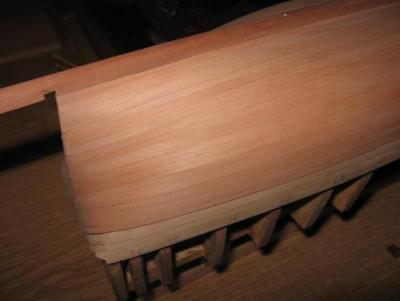
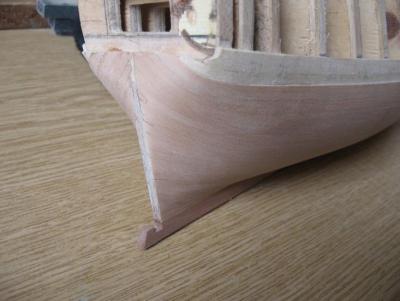
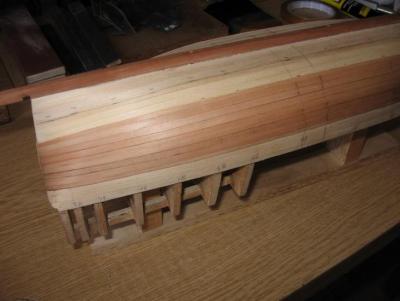
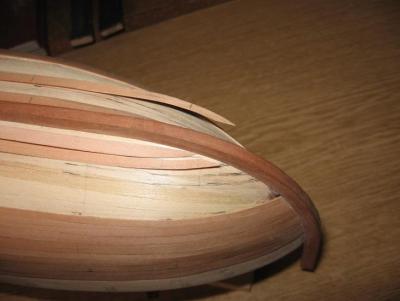
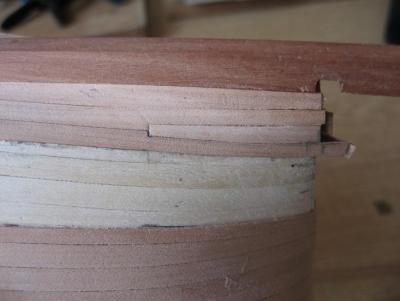
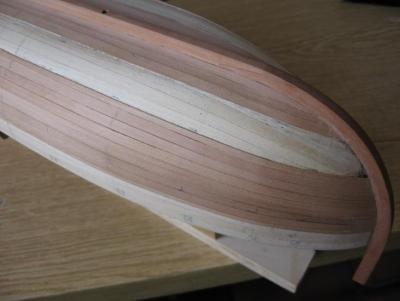
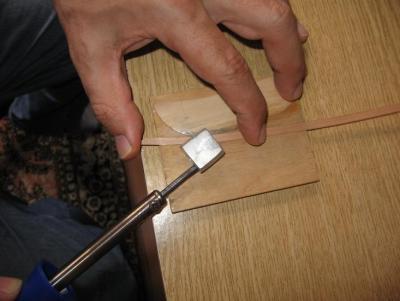
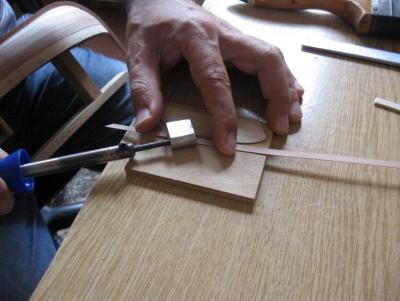
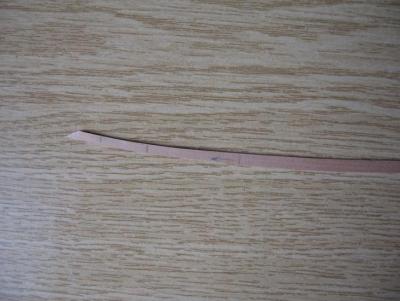
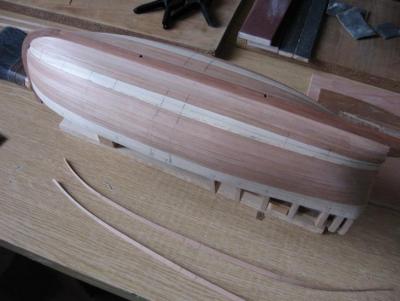
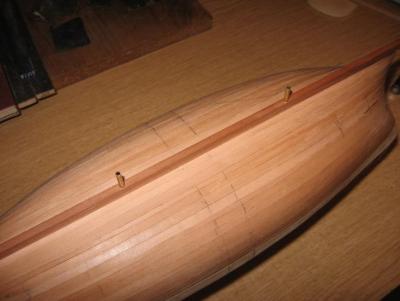
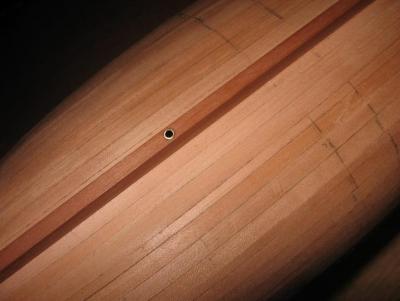

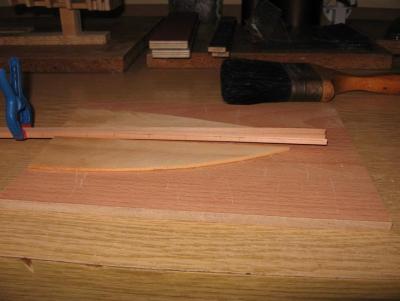
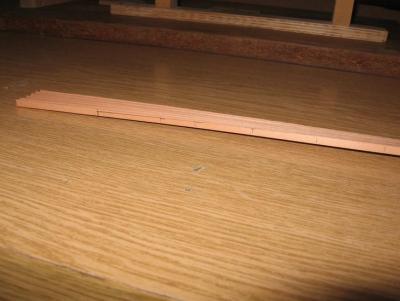
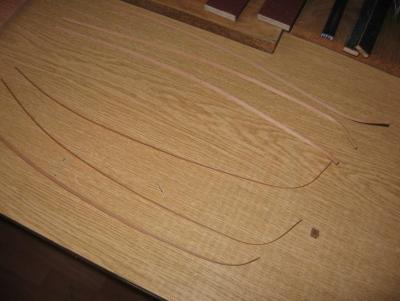
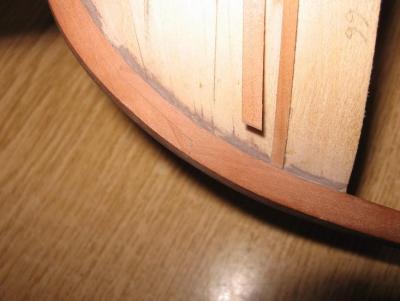
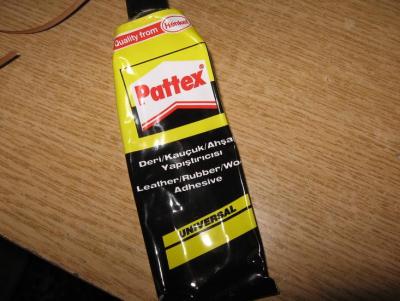
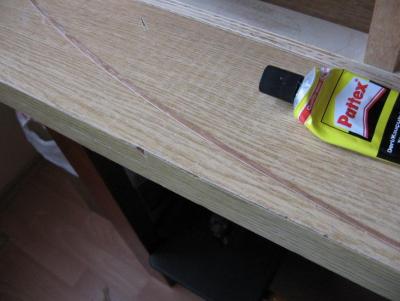
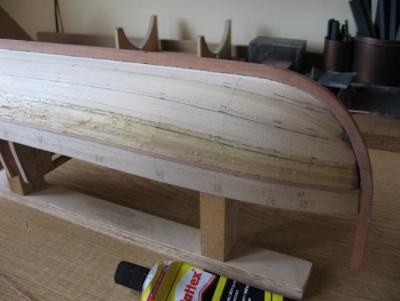
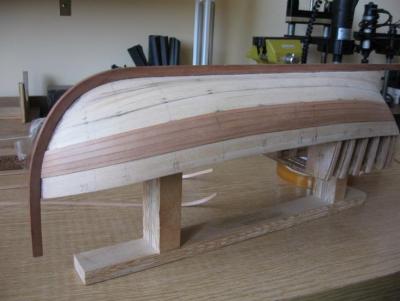

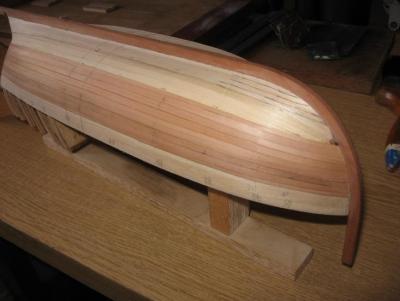
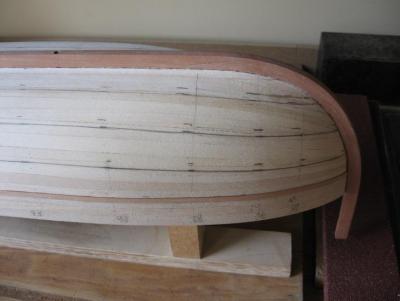
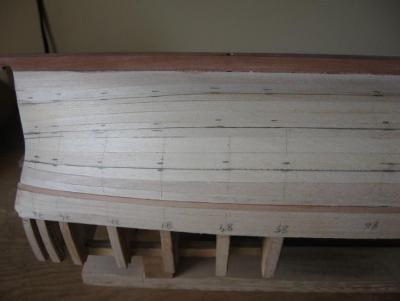
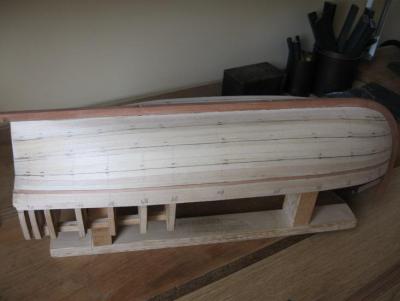
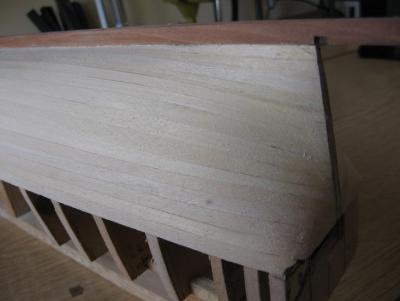

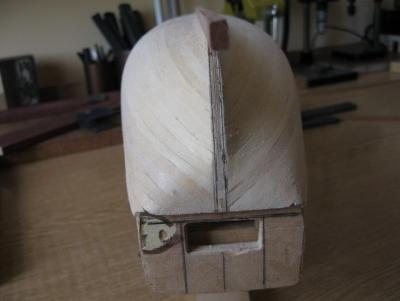
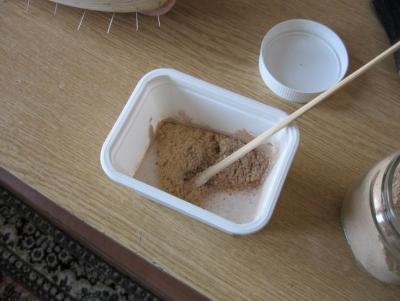
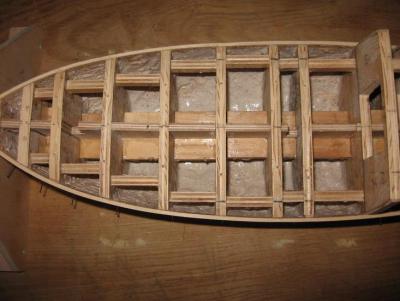
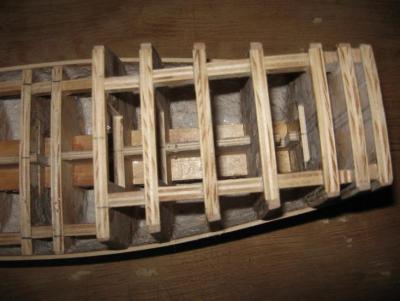

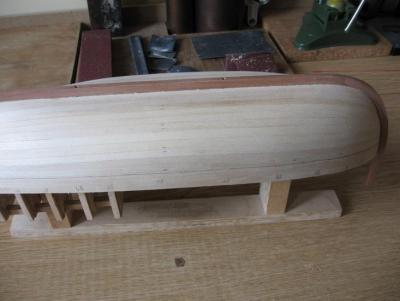
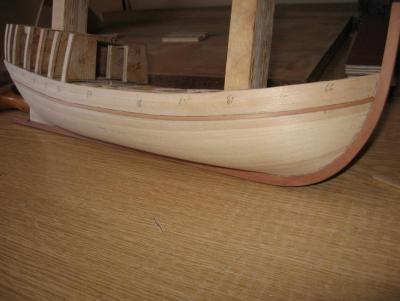
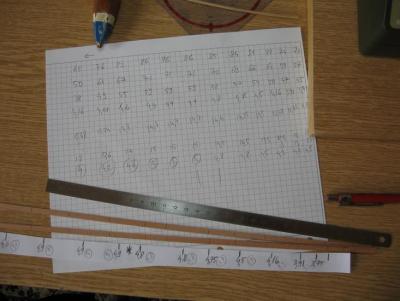
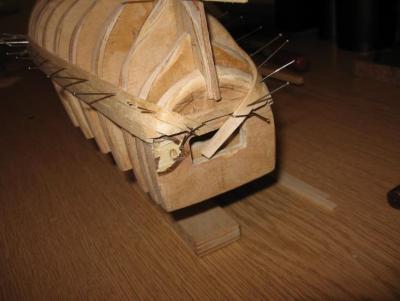
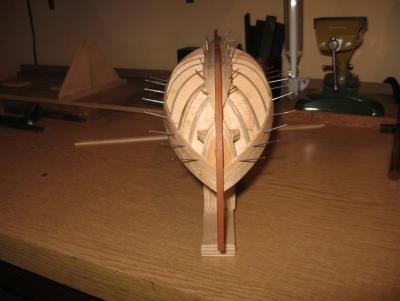
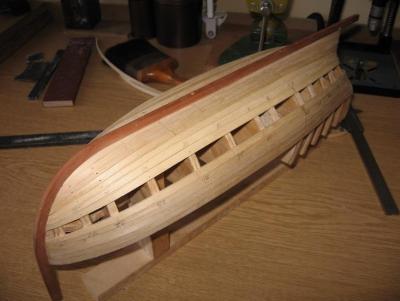
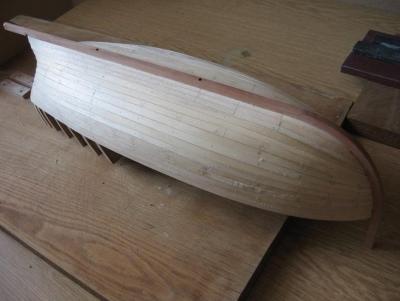
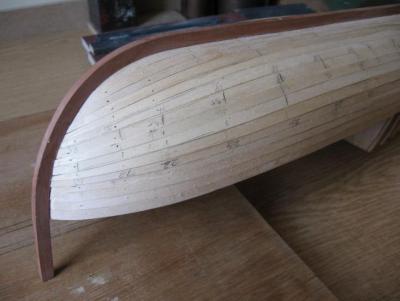

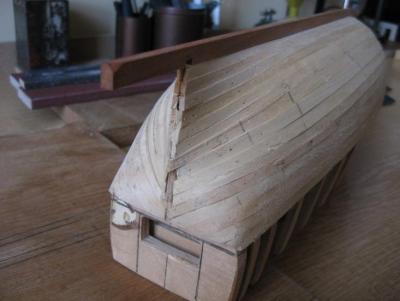
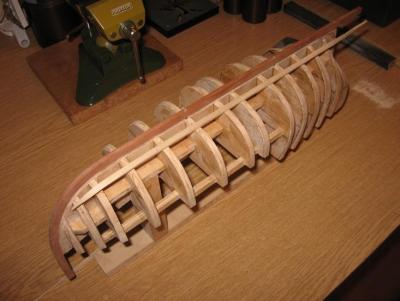
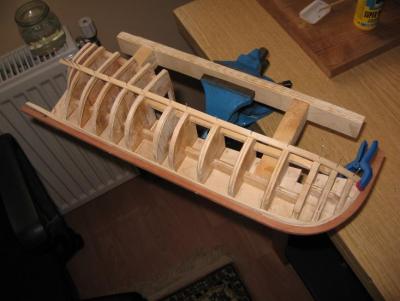
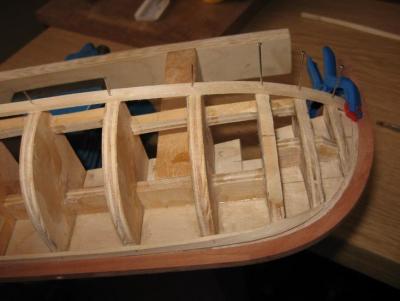
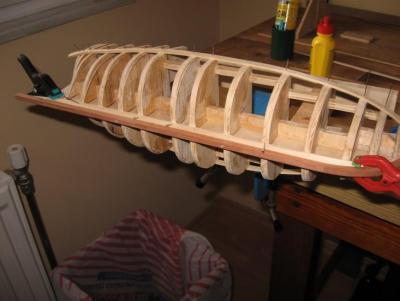
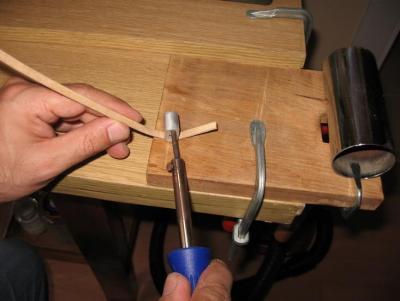
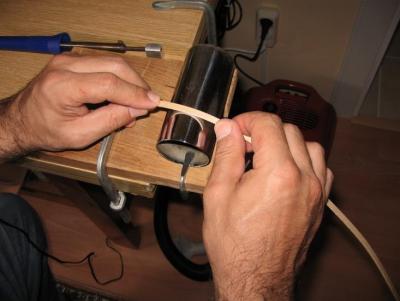
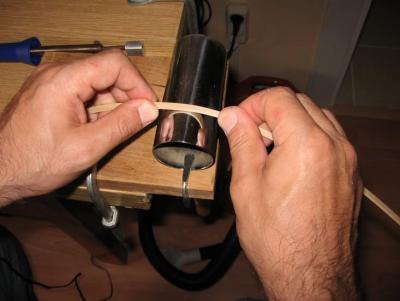
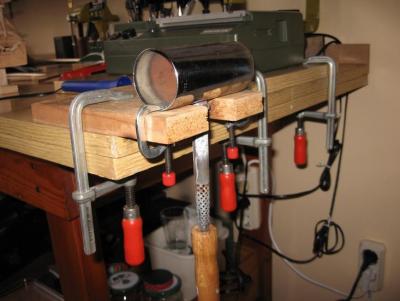

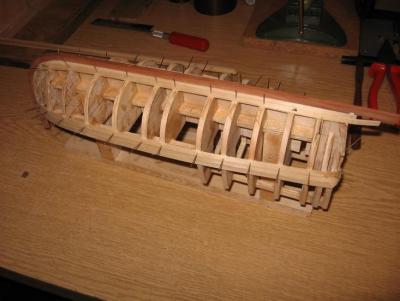
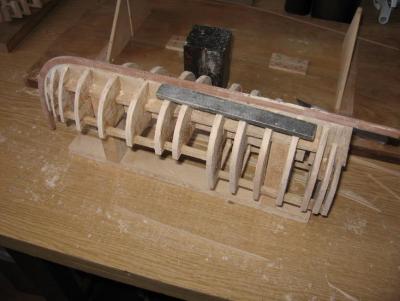

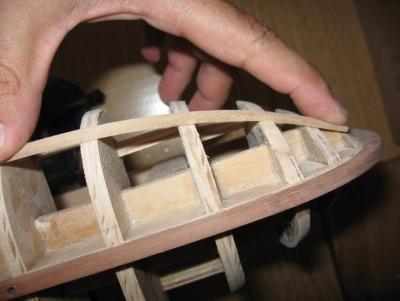
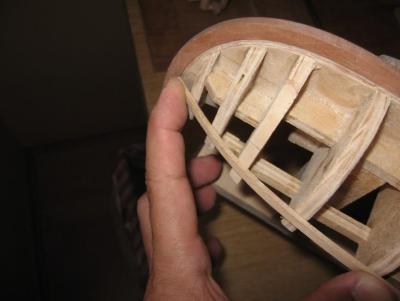
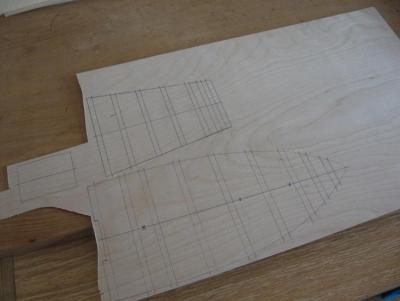
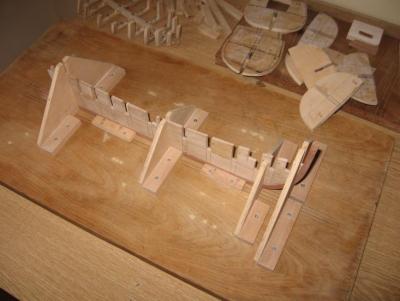
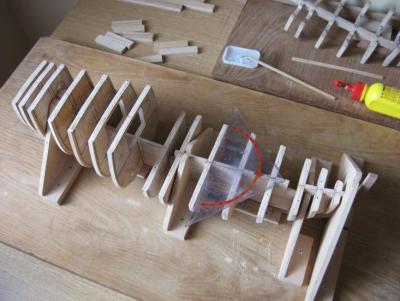
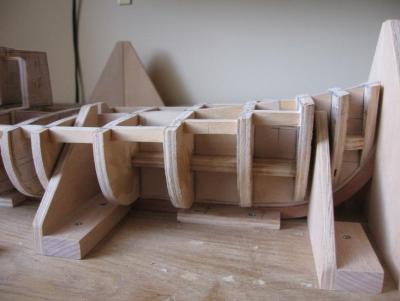
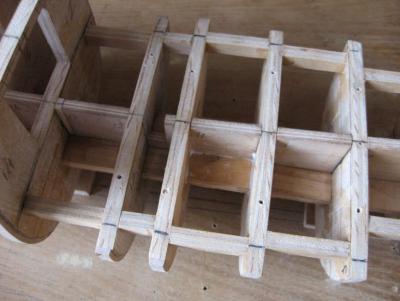
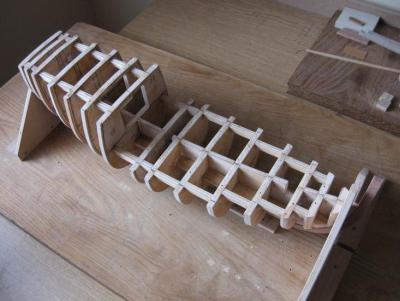
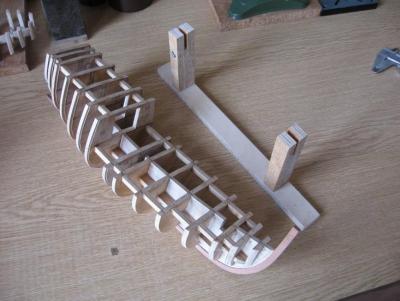
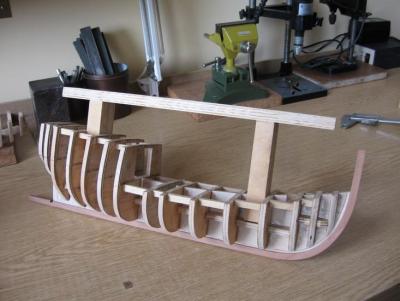
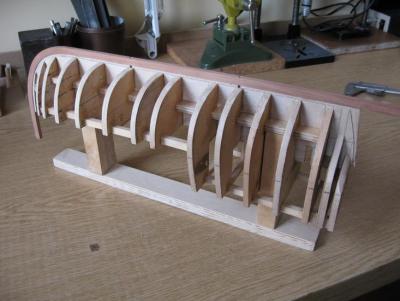
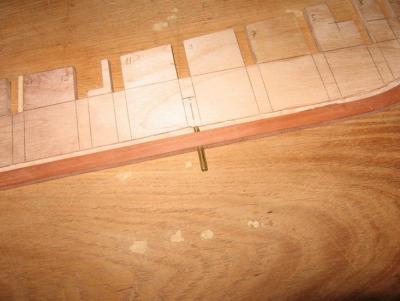
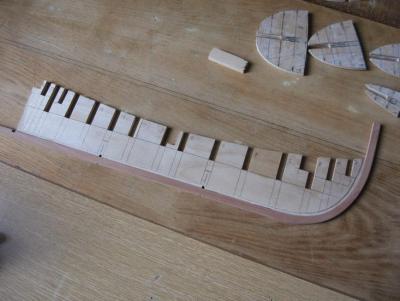
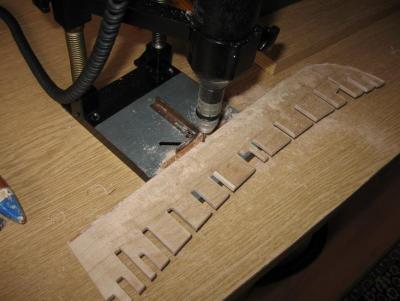
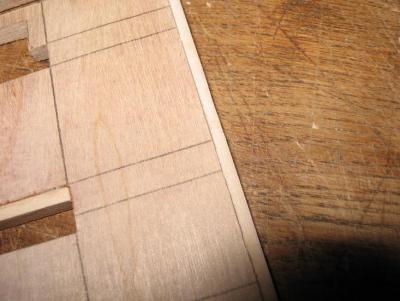
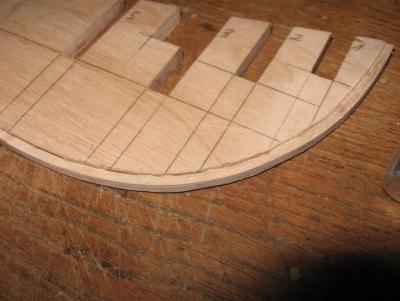
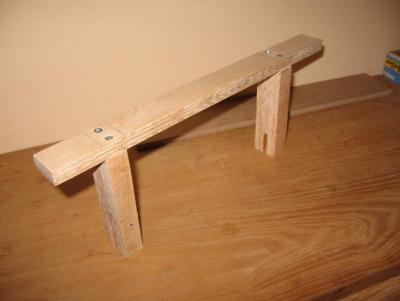
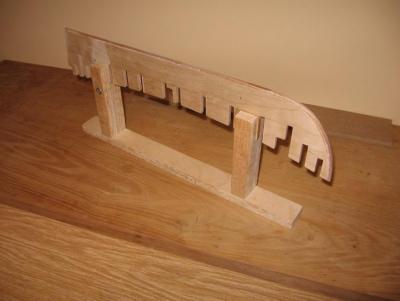
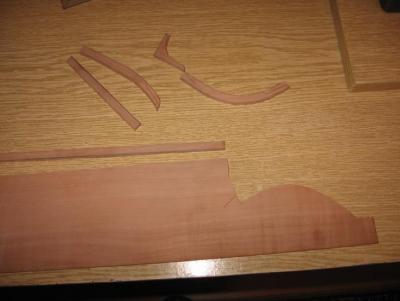
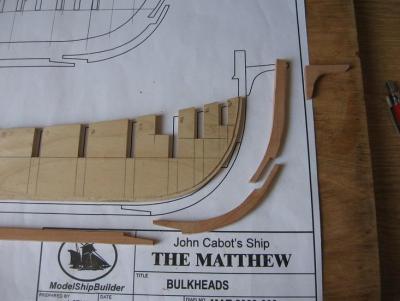
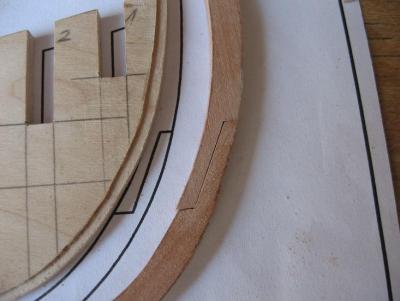
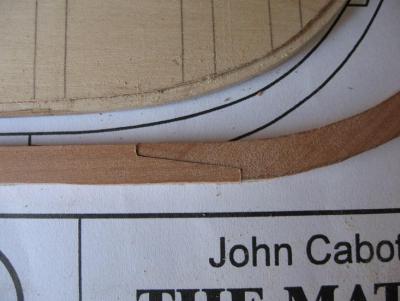
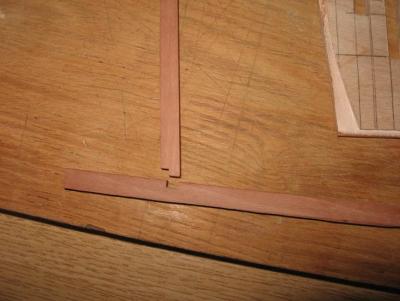
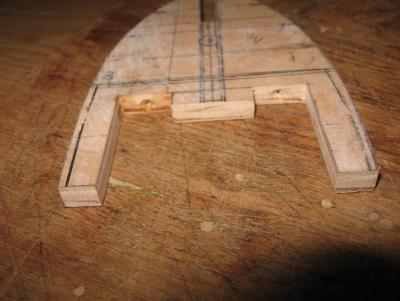
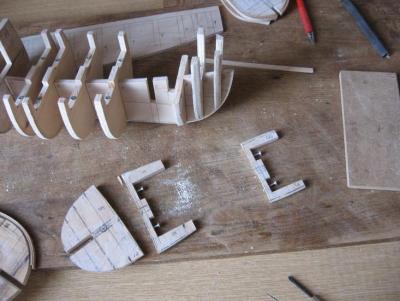
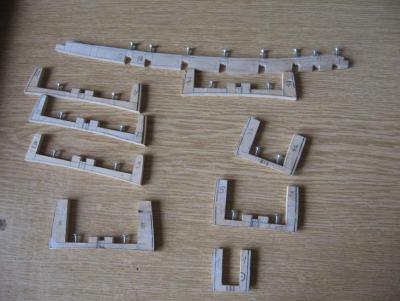
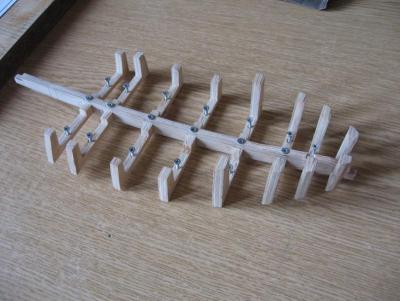
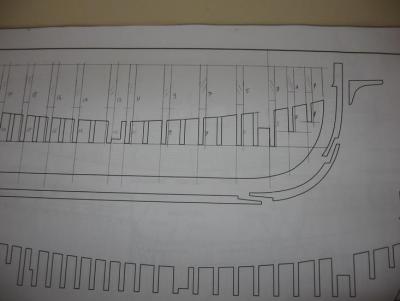
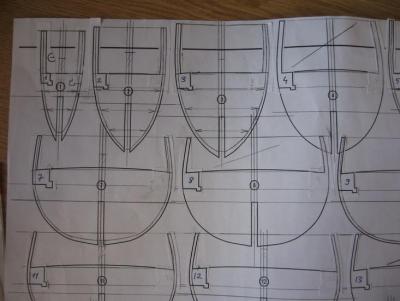
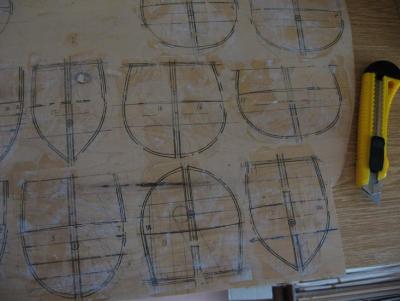
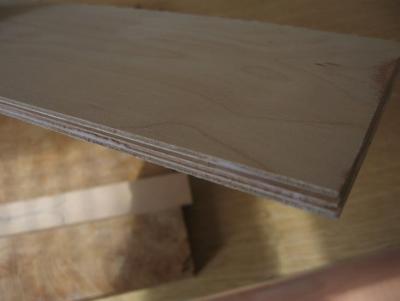
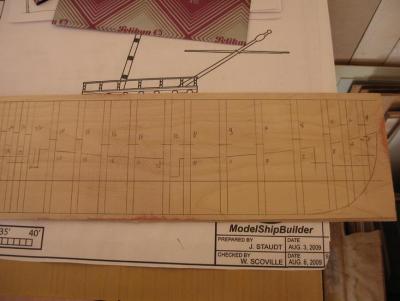
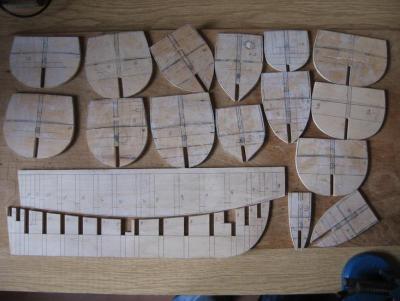
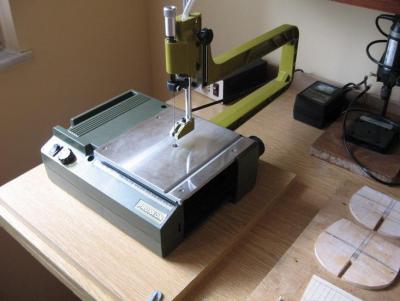
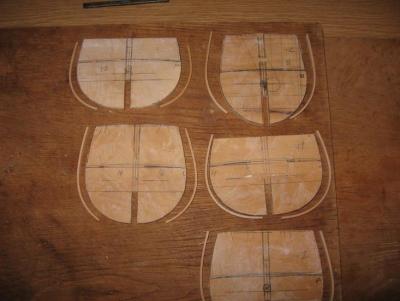
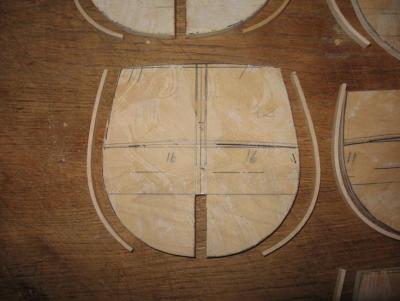
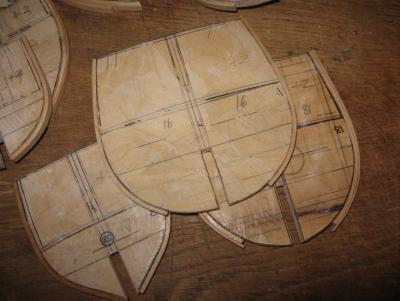
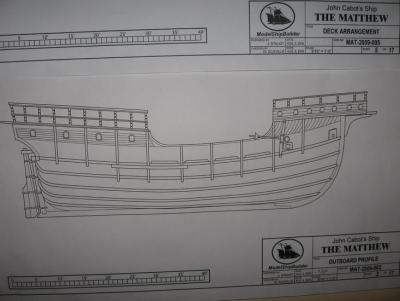

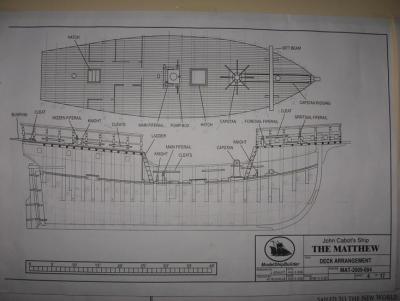
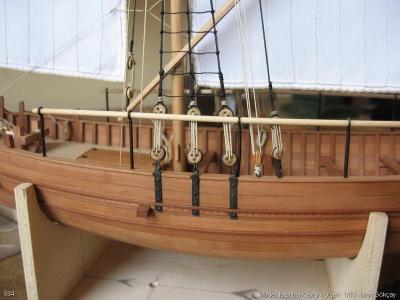
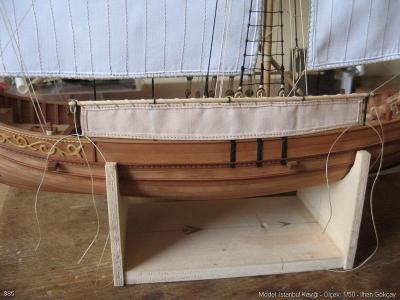
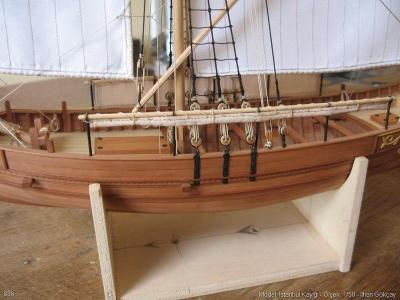
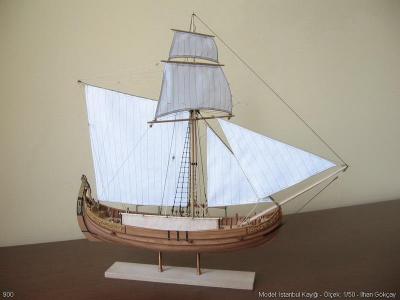
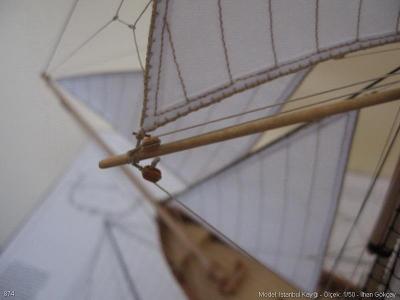
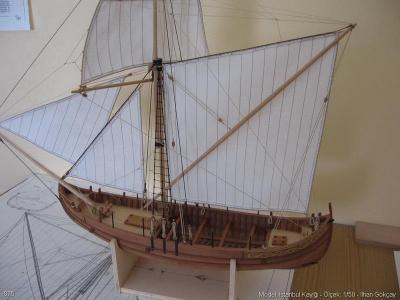
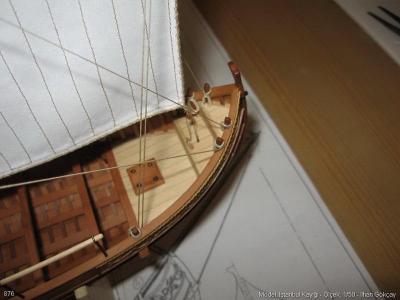
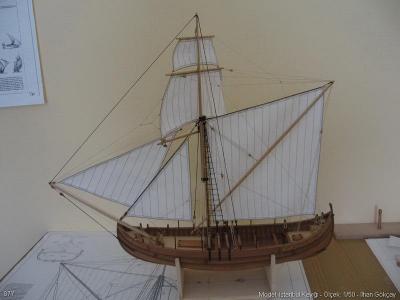
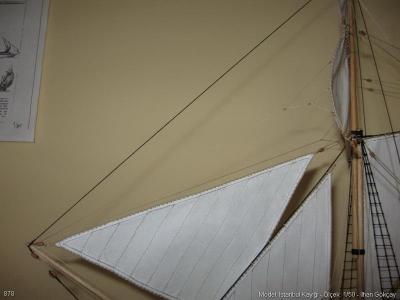
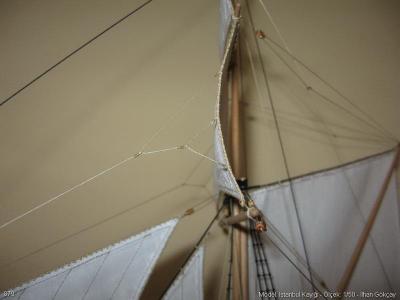
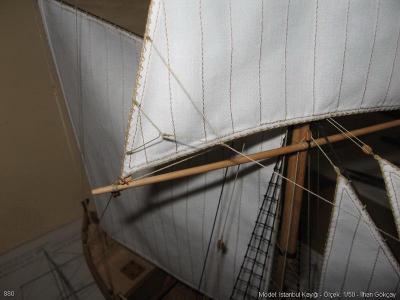
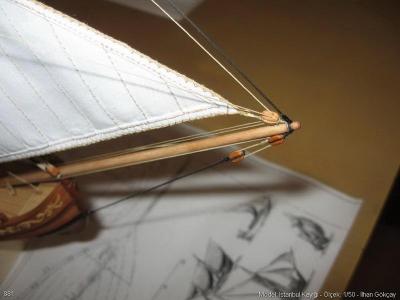
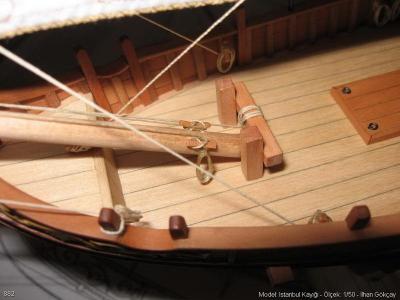
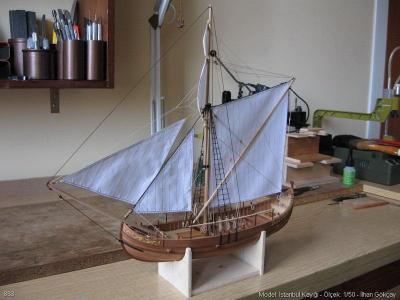
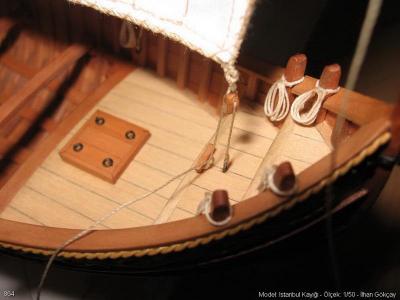
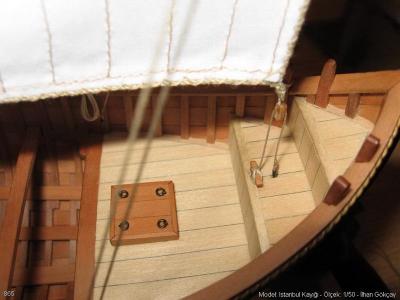
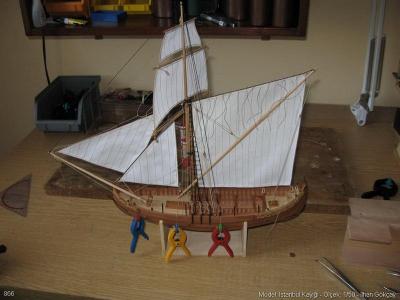
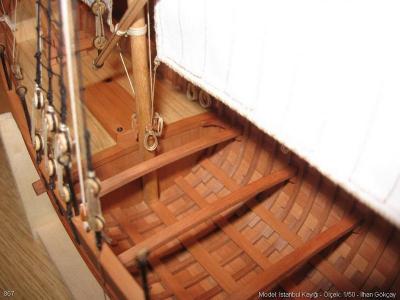
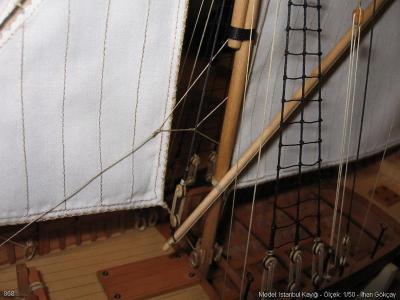
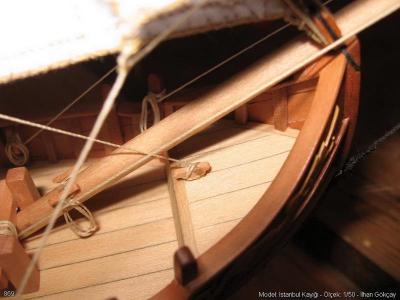
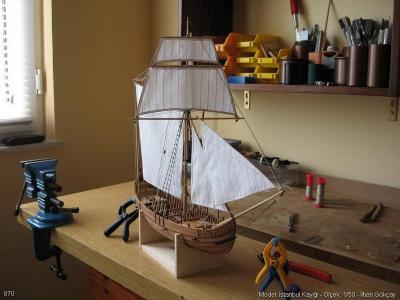
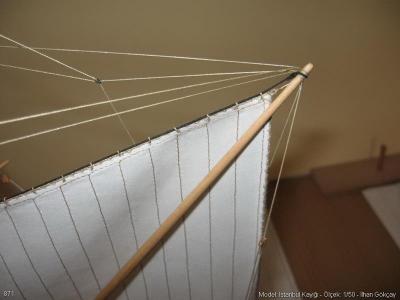
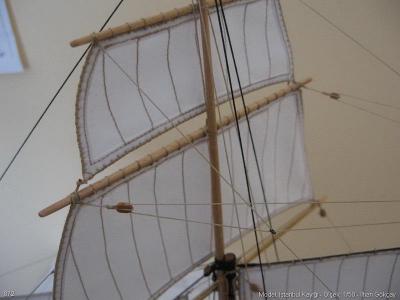
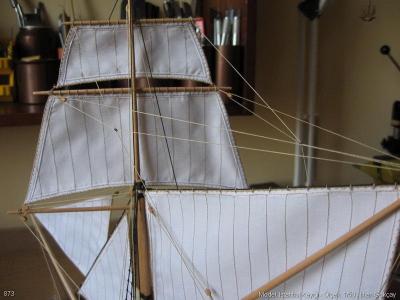
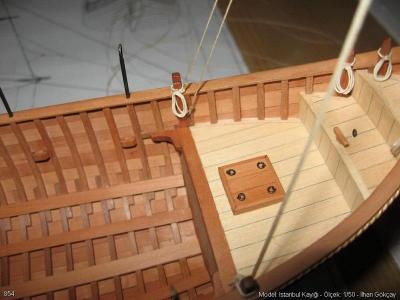
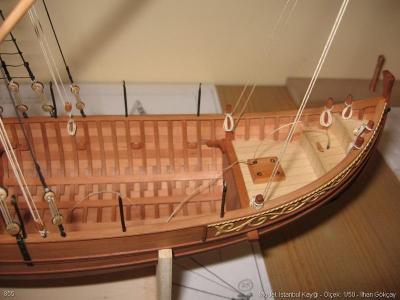
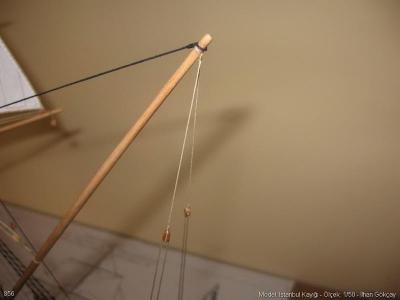
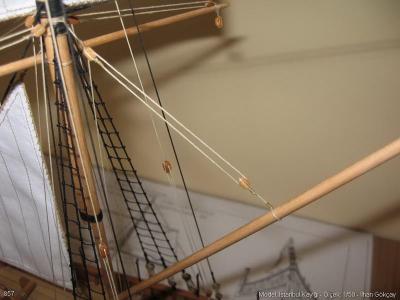
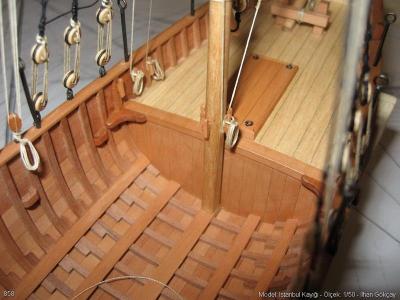
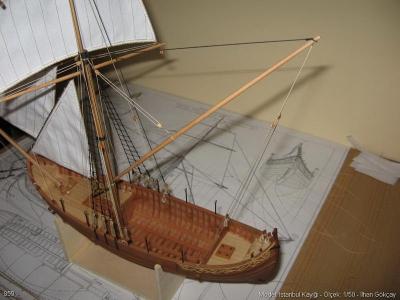
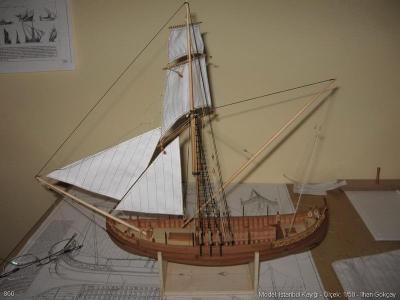
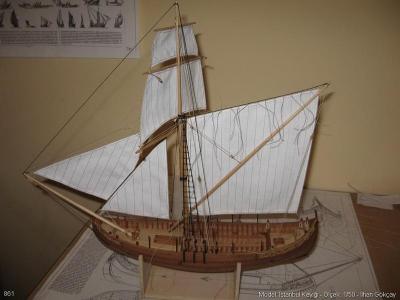
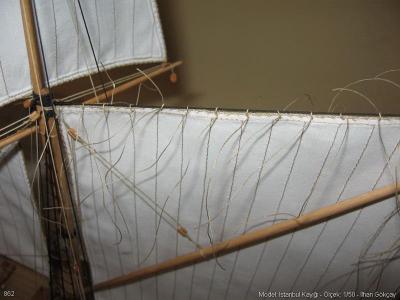
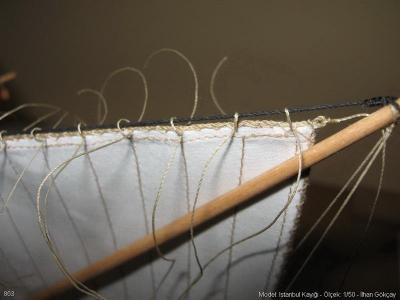
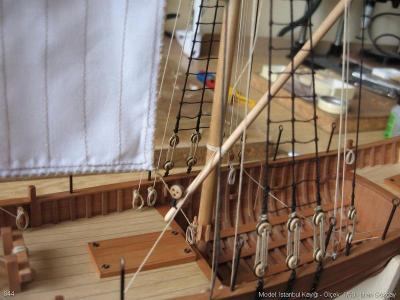
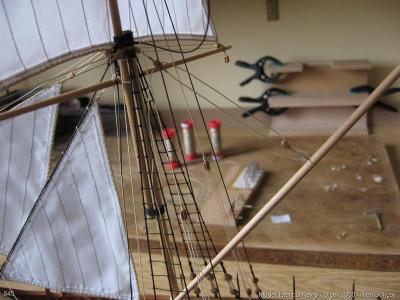
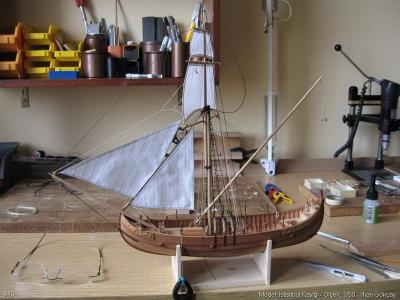
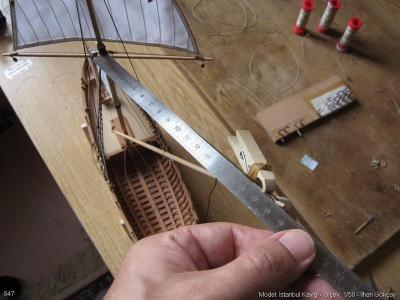
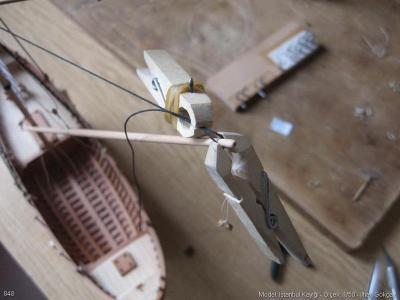
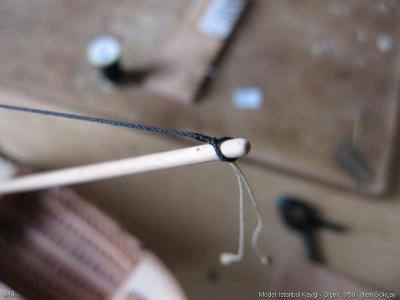
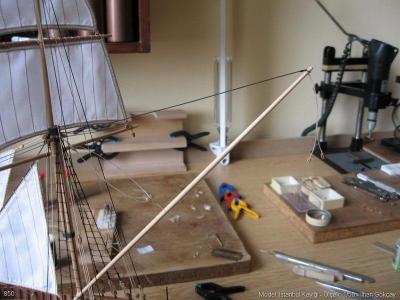
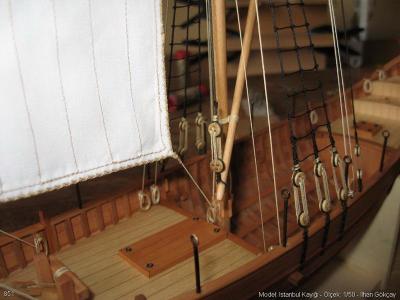
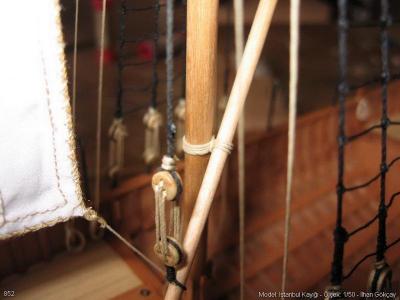
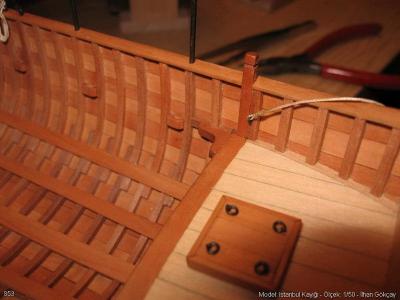
Matthew 1497 by Ilhan Gokcay - FINISHED - Scale 1/50
in - Subjects built Up to and including 1500 AD
Posted
Near to the deck level I stopped to plank and completed the passage of the aftercastle. Also planked the front face of the aftercastle with 0,5x5 mm pear. The beam at the stern is 5x5 mm pear wood, fitted and glued in place. Then I glued bulkheads of 6 mm plywood for the stern and counter just above this beam.
Completed these works I proceeded with the planking and for this I screwed the bulkhead structure above the deck level in his place. At the deck level there are scupper holes on the bulwark. As the inner planking will be visible at these areas I used here pear strips instead of the lime strips. Before fitting this plank I cut out the scupper holes roughly. Then finished the first planking again with lime wood.
Here I would like to take attention to the sequence of the work done. Planning in advance always pays off.